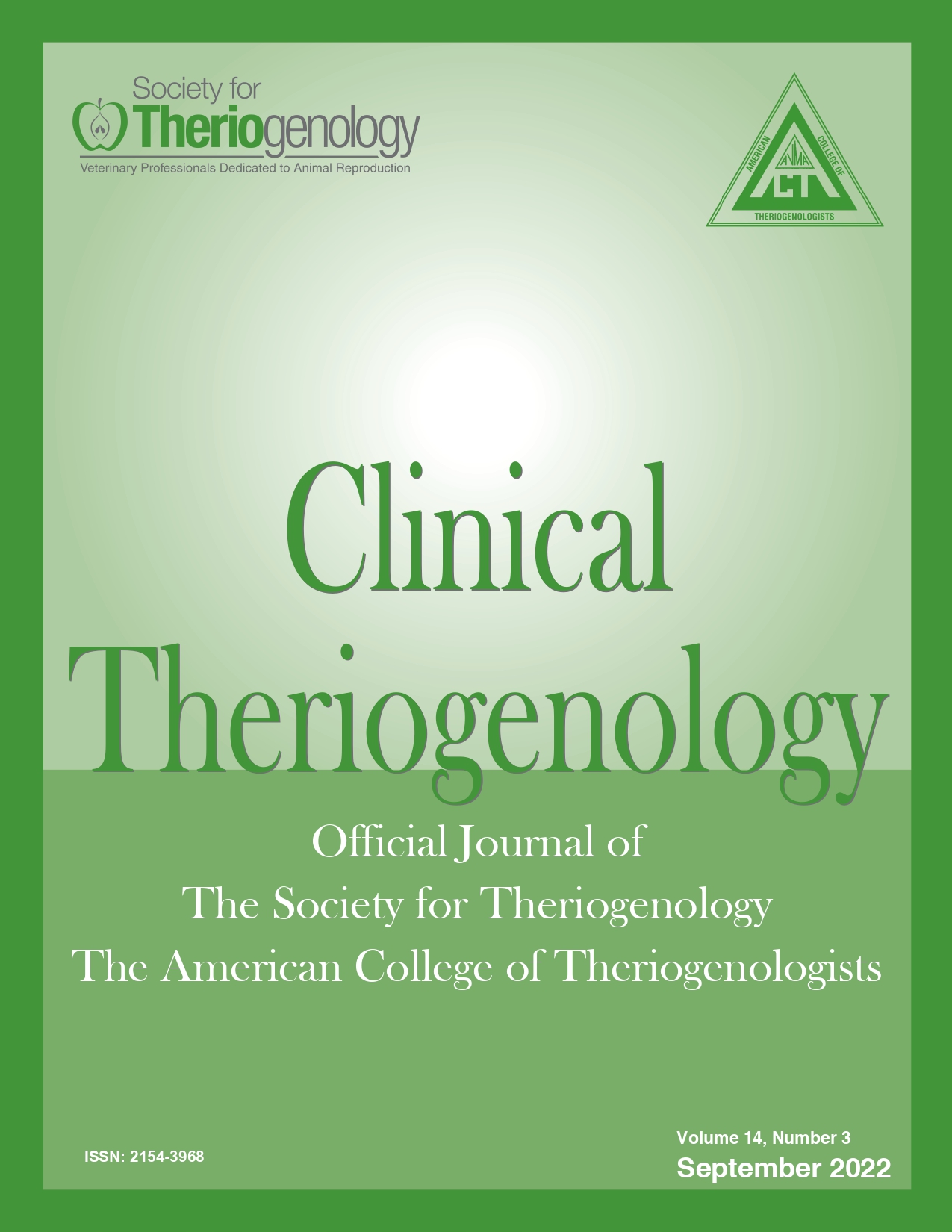Exposure to environmental contaminants and the impact on reproductive health
Abstract
Reports are illustrating increasing evidence of perturbed reproductive health in a variety of species. Given the rate of change and the widespread occurrence amongst a variety of species, such observations allude to an environmental drive opposed to a natural genetic change. Extensive use and dissemination of plastics that contain anthropogenic organic chemicals is suggested as a plausible etiology of such adverse fertility trends given the drastic increase in global plastic production. Direct industrial emission and chemical migration from plastic product matrices, in which such chemicals originate, leads to environmental deposition. Once ubiquitous within the environment, such environmental chemicals, otherwise known as xenobiotics that are known to modulate endocrine signalling, are consistently available for uptake by humans and animals on a global scale. A variety of species are proposed as sentinel models to further explore the impact of a polluted ecosystem on reproductive health. Pregnant animal exposure to xenobiotics, during the key developmental programming window, is of great concern due to the potential for epigenetic modifications on the developing fetus. This review aims to discuss such concepts and routes of exposure, to highlight areas for further research within the field.
Downloads

This work is licensed under a Creative Commons Attribution-NonCommercial 4.0 International License.
Authors retain copyright of their work, with first publication rights granted to Clinical Theriogenology. Read more about copyright and licensing here.







